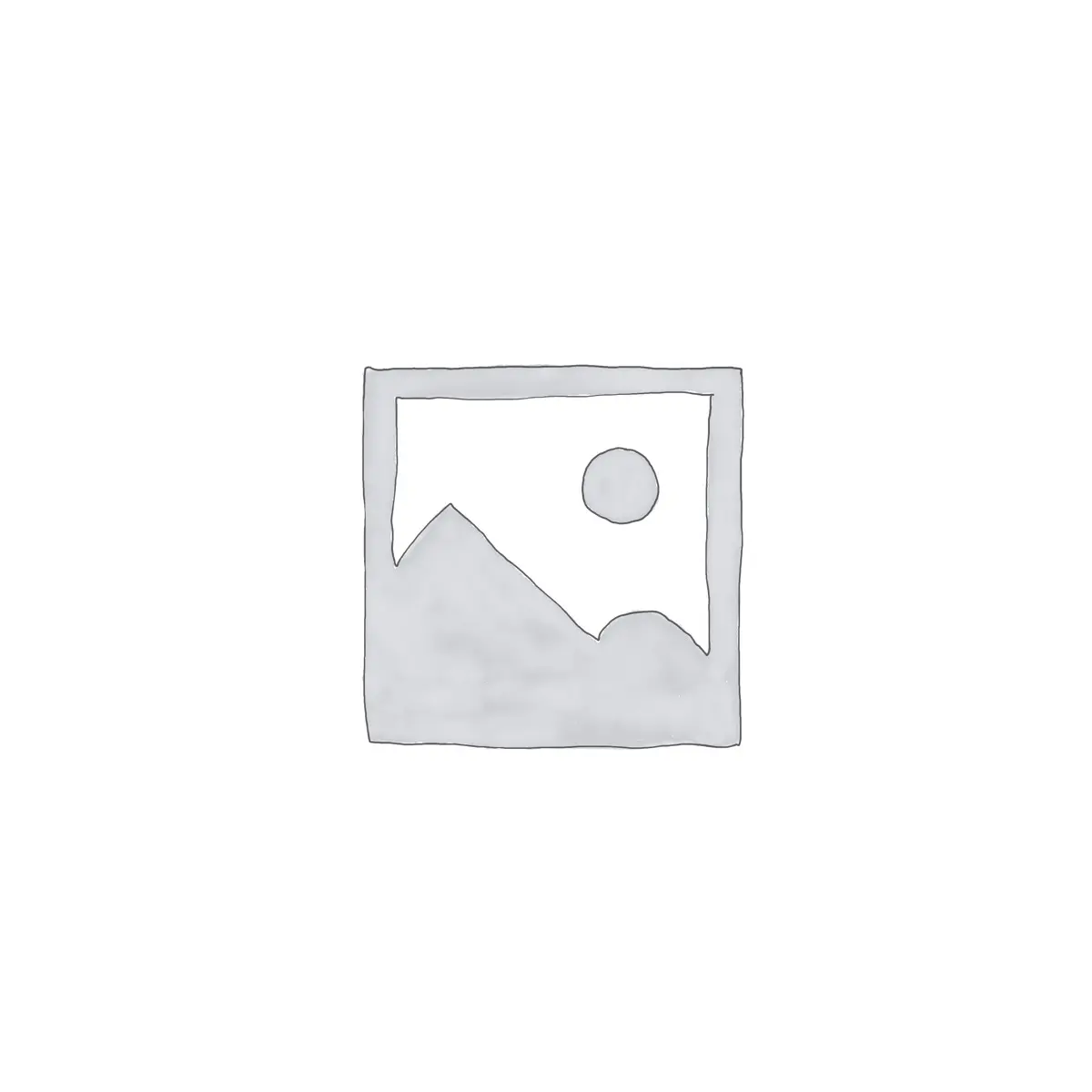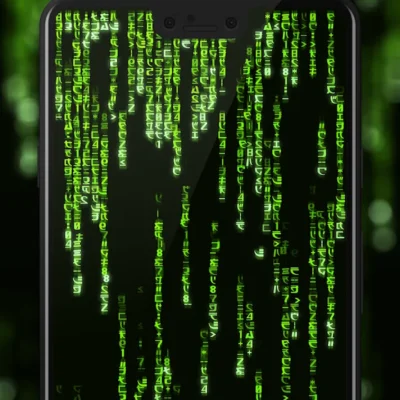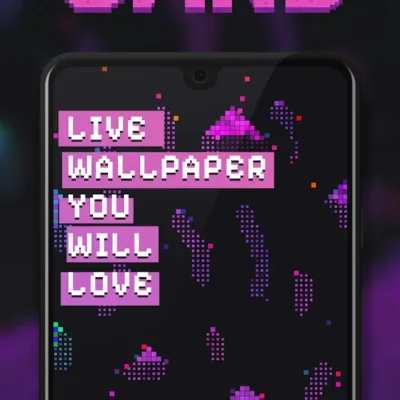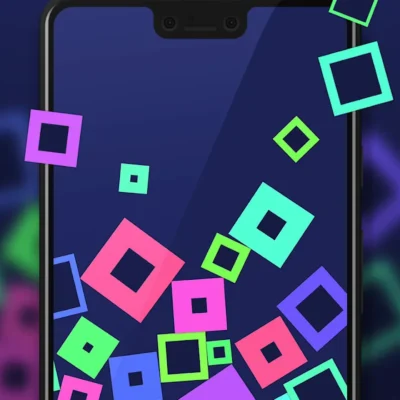
Price History
App Description
Read up to 2000 words per minute.
Read “War and Peace” for 5 hours or “The Odyssey by Homer” for 2 hours.
If you want to read very often and fast – Fast Reading is best for you.
Get the new fine experience of reading.
If you want to improve your speed of reading – try to use this app 1-2 week and your reading speed will increase by 200 – 400 words per minute.
After 1 – 2 month of using of this app you’ll read up to 1500 – 2000 words per minute.
For reading in this app just choose the book (or open / create it) and click to start.
You’ll see nothing but text (1 current word).
You don’t need to look at all of the sentences.
App uses Spritz – like fast reading technology.
This tech shows you only one word per one time and highlights one symbol.
This symbol is focus dot, just look at this symbol and read.
Read Faster uses the RSVP (Rapid Serial Visual Presentation) speed reading technology to offer you the best fast reading experience without compromising speed or quality of reading.
With this technology, you’ll read fast like never before.
You can read any books in PDF, FB2 (EPUB) or TXT (simple text file) formats.
Speed reading is any of several techniques used to improve one’s ability to read quickly. Speed reading methods include chunking and minimizing subvocalization.
The many available speed reading training programs include books, videos, software, and seminars.
History
Psychologists and educational specialists working on visual acuity used a tachistoscope to conclude that, with training, an average person could identify minute images flashed on the screen for only one five-hundredth of a second (2 ms). Though the images used were of airplanes, the results had implications for reading.
It was not until the late 1950s that a portable, reliable and convenient device would be developed as a tool for increasing reading speed.
Evelyn Wood, a researcher, and school teacher was committed to understanding why some people were naturally faster at reading and tried to force herself to read very quickly.
In 1958, while brushing off the pages of a book she had thrown down in despair, she discovered that the sweeping motion of her hand across the page caught the attention of her eyes, and helped them move more smoothly across the page.
She then used the hand as a pacer. Wood first taught the method at the University of Utah, before launching it to the public as Evelyn Wood’s Reading Dynamics in Washington, D.C. in 1959.
A rapid serial visual presentation is an experimental model frequently used to examine the temporal characteristics of attention. The RSVP paradigm requires participants to look at a continuous presentation of visual items which is around 10 items per second.
They are all shown in the same place. The targets are implanted inside this stream of continuous items. They are separate from the rest of the items and can be called distracters. The distracters can either be a color change or it can be letters that are among the numbers.
There is a delay of several hundred milliseconds. A person might be asked to identify numbers in a string of letters which are shown one by one.
The first number which is an important target would be caught by the person, however, the second number flashed seconds later might not be observed. There are a number of theories to explain how and why this works and studies have explored its limitations and parameters to learn more about visual perception.
The brain deals with a quick stream of incoming information at all times.
With the attentional blink, the brain has to distribute its attentional resources to comprehend, interpret, and store the information properly. The human brain is capable of processing complex tasks, but it has restrictions. The attentional blink is an illustration that has a significant insinuation for individuals who work in environments where they are usually swamped with information.
Also On Sale
-
Agents Live Wallpaper
$3.99 -
Elements Live Wallpaper
$3.99





